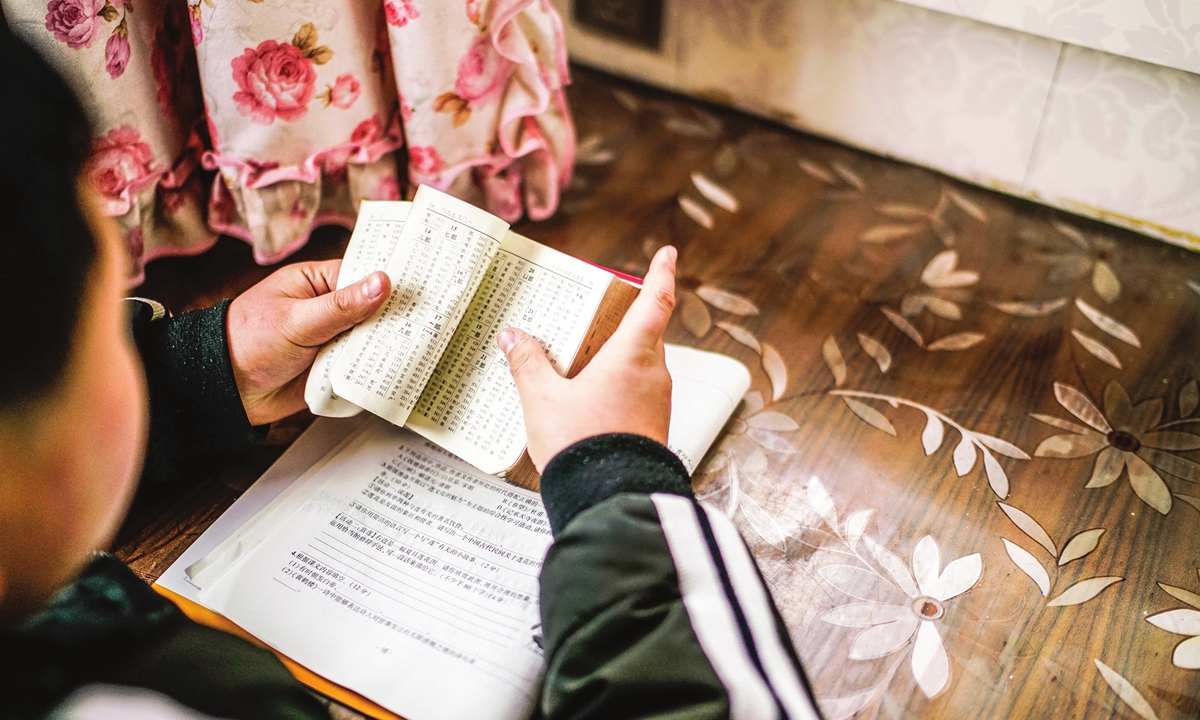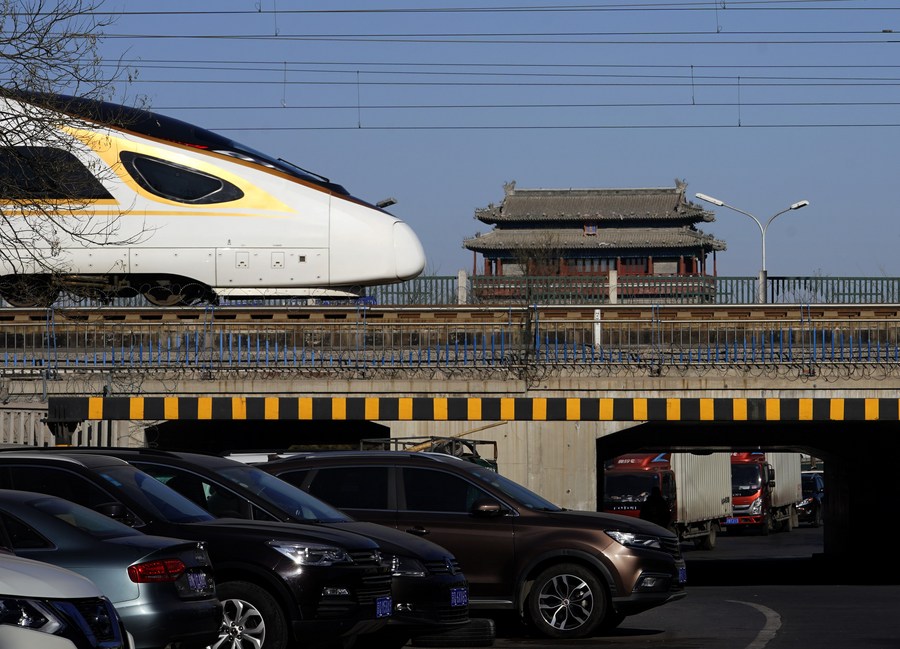

In our past Insights articles, we expounded upon the value of good translation and how content that is not only well-translated but can inspire CTA engagement in your marketing and outreach efforts.
Indeed, it goes without saying that a customer is more likely to click on “Buy Now” or “Read More” when they can actually understand what these words mean in their own native languages on your websites and other marketing platforms.
However, if you’re a business owner, you might be asking, what is the actual ROI of engaging in transcreation?
Because every single decision you make has to factor in cost; every investment you make, even when expanding your reach to marketing your business to further shores, comes with the expectation of increasing revenue as the end result.
In working out the best decisions for the company, you need to think about how your decisions affect everyone for the better and how every investment would pay off, even before your next marketing dollar is spent. And that includes budgeting for content transcreation.
Measuring the ROI for investing in translations might prove slightly trickier than other conventional costs, as the metrics may not be as easily available. This is all the more confounding in the hospitality and travel business.
What kind of formulas are there to help gauge how much more bang you are getting for every buck you invest in getting your website translated into Korean, or your menus into Japanese?
This is where you need to put on your creativity hat and think out of the box – and Insights is here to help you with just that.
REVENUE PER AVAILABLE ROOM (RevPAR)
Tried and tested, this would be the most obvious way to begin. The RevPAR is helpful when assessing if there has been any increase in a hotel’s ability to fill its available rooms from the average rate upon the use of transcreation services to expand your business’s outreach.
You may be able to gauge the success of your transcreation investment if you notice your occupancy rate increasing, as per your RevPAR increase. This is a simple metric to begin with but there are other ways to measure ROI specifically for transcreation.
TRANSLATION ROI – WHAT EXACTLY DOES THAT MEAN?
ROI doesn’t always have to be the financial returns of your investment. Different companies define ROIs differently, according to their own needs. An increase in ROI may stem from an increase in customer engagement from a particular market.
For example, if you aim to expand into Korea, your ROI would be seeing more Korean customers engaging online with your company to begin with, and perhaps only later, the ensuing increase in Korean guests patronising your establishment.
Every business has a different definition of ROI. Therefore it’s very important to be clear about your goals and the reasons why you are engaging in translation and transcreation services as part of your marketing strategy to begin with.
In setting your goals, these are some of the areas, other than revenue, you can consider keeping track of when measuring ROI:
- Market share increase in your business’ global markets
- Increase in new clients
- Greater brand awareness
- Rise in customer satisfaction
- Online metrics to measure traffic and hits to your website from your target markets
MEASURE EVERYTHING YOU ARE TRYING TO TRACK
In order to establish your ROI, you will need to set targets for these goals in the areas you have just determined above. Set measurable KPIs for each goal as this will give you the means to gauge if your investment is hitting the mark or not.
For example, in translating your website into Korean, how many percent increase do you hope to eventually see in Korean-speaking guests coming to your establishment.
Other areas to track include:
- Revenue vs translation cost
- Conversion rate from particular markets
- Market share
- Country traffic and language
- Number of new customers from your target markets
These KPIs will go a long way in measuring your success in investing in transcreation. Your marketing team can then use these metrics, aided by tools and software to track conversions by language and country, helping you see where, how and to what extent transcreation is impacting your business positively.
Quality and cost
The common misconception about ROI is hoping to get the most for your investment while spending the least amount of money.
That may not necessarily work when it comes to translations, as cheap translations may sound attractive at first but ultimately, poor translations will cost you a lot more in the long run in terms of your business reputation and market share, potentially causing conflicts and diverting future customers to your competition.
When looking for a translation partner, bear in mind that transcreation is the better way to go, especially if you are from the Hospitality, Travel, Lifestyle and Retail industry.
Cheap translators are a dime a dozen but don’t expect anything close to decent quality. In fact, ‘cheap quality’ is about as much of an oxymoron as one can get in the world of business, something you might already know.
Remember that this is your brand’s image at stake, so go the extra mile when looking for quality and find yourself someone specific to your industry whom you can trust.
If you are really serious about putting out good stuff for your target audience in the global arena, this means your translated content should bear as much weight as the content in your native or home language.
TRANSLATION ROI AND CUSTOMER SATISFACTION
It’s not often that you will hear the words “ROI” and “customer satisfaction” in the same breath but that doesn’t mean that these two goals are incompatible.
In fact, an excellent way to ensure that you’re going about your business the right way is to look at whether the customers from your target market or country are happy and satisfied and if they keep coming back to your establishment, hence increasing your ROI.
Transcreation not only provides them with collaterals that are created specifically in their native language and not forgetting, with their culture in mind, it also shows them how serious you are about your localization efforts and your goal in keeping your customers happy.
You cannot expect them to be google-translating every menu, message or sign on your premises while enjoying a relaxing holiday – they won’t come back and your revenue will inevitably be adversely affected.
HAVE REALISTIC EXPECTATIONS
Just as how creating your brand name took you a while to establish, transcreation is not going to yield ROIs overnight either. It will take some time before you can see the fruits of your investments.
This is why it’s best to start sooner than later when it comes to engaging in a trustworthy partner to help you achieve the market outreach of your aspirations.
Don’t be disheartened. Take heart that in due time, your efforts will be rewarded.
And if you need help, look no farther – IPPWORLD is here to guide and advise you in this next big marketing step for your business.
Want to learn more about our creative translation services? Contact us today.
About IPPWORLD
As a Language Service Provider, IPPWORLD (www.ippworld.com) is a global transcreation (creative translation) agency that assists travel, hotels, hospitality and lifestyle brands, as well as various businesses enhance their engagement strategy in global markets. We provide end-to-end Multilingual Localisation and Transcreation solutions for website content and online booking information. Transcreation encourages higher readership amongst native-language speaking communities, helps drive conversions, grows revenue and builds brand loyalty. To understand how you can better connect with global audiences through transcreation, drop us a mail at creativetranslation@ippworld.com, or connect with Joanne Chan on Linkedin.







